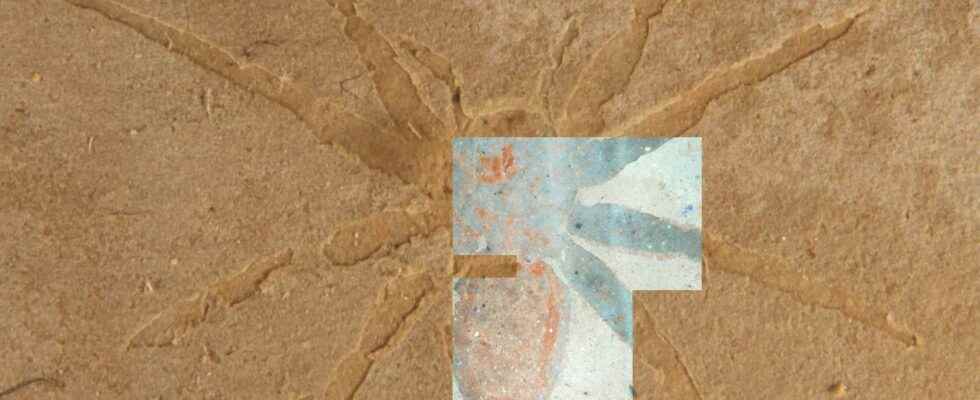You will also be interested
[EN VIDÉO] Interview: where to find dinosaur fossils? Disappeared 65 million years ago, the dinosaurs nevertheless left some traces in fossil form. But what are the most favorable geological conditions for their conservation and where can they be found? Futura-Sciences asked the question to Éric Buffetaut, paleontologist, during this interview.
Exploited since 1700, the site of Aix-en-Provence, also nicknamed “Eggs-en-Provence”, is full of fossils extremely well preserved. Dinosaurs of course, but not only! Researchers from the University of Kansas studied spiders preserved in stone, which come from the‘Oligocenethe third period of theCenozoic era, between 23 and 34 million years ago. A rare phenomenon, because the fossilization is not spontaneous for these arthropods on eight legs.
Living things do not normally fossilize
Indeed, for the living, the most probable after death remains of course decomposition, as explained by a study published in the journal Communications Earth & Environment April 21, 2022. “It’s hard to become a fossilsaid Alison Olcott, first author of the study and associate professor of geology at the University of Kansas. You have to die under very specific circumstances, and one of the easiest ways to become a fossil is to have hard parts like bones, horns, and teeth. Thus, our record of soft body life and earthly life, such as spidersis uneven – but we have those periods of exceptional preservation where all the circumstances were harmonious for preservation to occur.”
Microalgae as preservatives
To determine what exactly were the circumstances that allowed for the preservation of spiders, the team set out to analyze every aspect of the fossils found. This is where they found the conservative element: the diatomsmicroalgae present in all aquatic environments. “We decided to stick them under the microscope fluorescence to see what happened. To our surprise, they were glowing, and so we were very interested in the chemistry of these fossils which made them shine, explained A. Olcott. So we started to explore chemistry and discovered that the fossils themselves contain a polymer black composed of carbon and of sulfur which, under the microscope, looks like the tar you see on the road. We also noticed that there were just thousands and thousands and thousands of microalgae all around the fossils and covering the fossils themselves.”.
The diatoms would thus have deposited on the spiders, and their siliceous external structure would then have protected them from interactions with the surrounding oxygen, thus preventing their decomposition. They would also have favored the sulfurizationa chemical transformation that consists of introducing an ion sulfide in a carbon structure: hence the observation of the black polymer composed of carbon and sulfur. Particularly stable, this polymer was then preserved for millions of years, intact, before being found in Aix-en-Provence. “What happened chemically here, I think, is that theexoskeleton of the spider is of the chitinwhich is made up of long polymers with carbon units close together, and it’s a perfect environment for the sulfur bridges to come in and really stabilize things,” detailed A.Olcott.
An explanation for a multitude of fossils
But the process revealed by the researchers would not be applicable only to these fossils from the south of France. On the contrary, Alison Olcott and her team believe that the presence of these microscopic algae could explain a good number of preserved fossils. “The next step is to extend these techniques to other deposits to see if preservation is linked to diatom mats.she said. Of all other outstanding fossil preservation sites in the world in the era cenozoicabout 80% of them are found in association with these microalgae”.
Global mapping of sites where researchers have reported the presence of diatoms (diamonds if yes, circle if not). The color differentiates the type of environment (marine, non-marine, transitional) © Olcott et al
More than these particular spider fossils, all terrestrial organisms dating from shortly after the extinction of the dinosaurs may have been preserved by this method. The team then intends to look into the link between the evolution of biodiversity and the climatic changes. “This mechanism could allow us to explore the evolution of insects and other post-dinosaur terrestrial organisms and especially to understand climate change; because there is currently a period of rapid climate change and these terrestrial organisms help us to understand what happened to life the last time the climate changed. », concluded A.Olcott.
Interested in what you just read?
